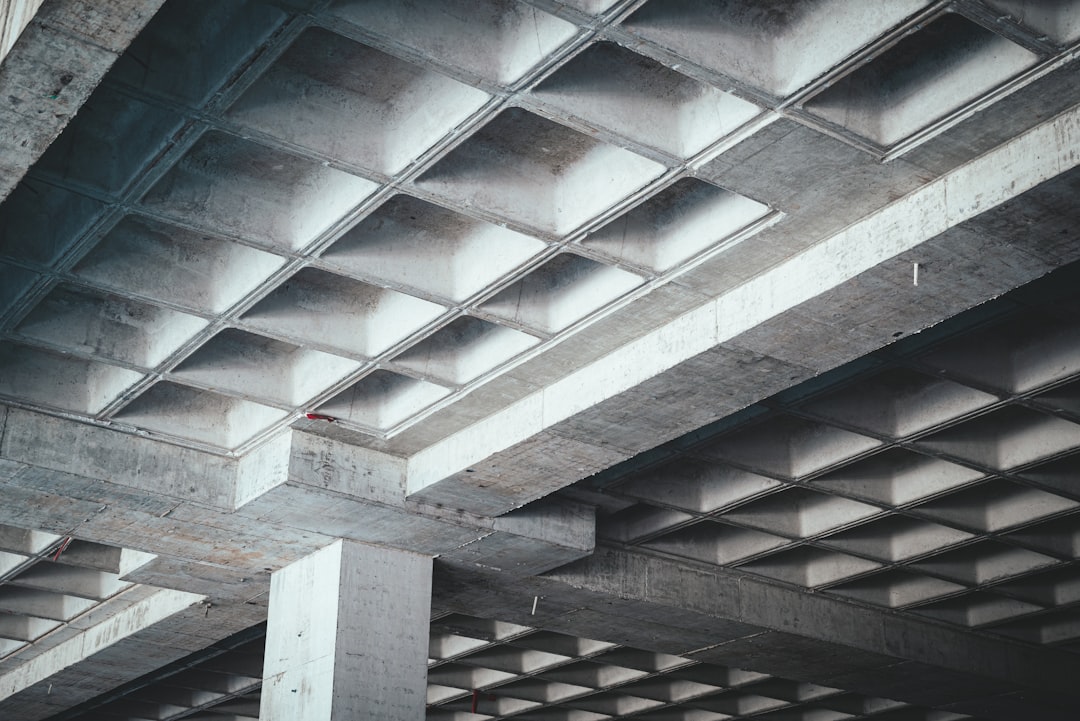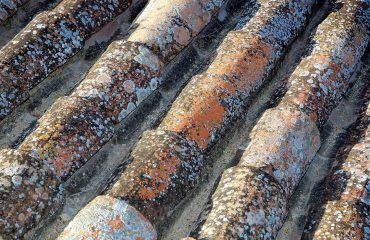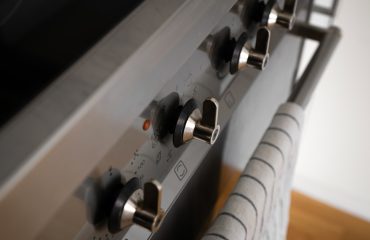Structural steel has been a cornerstone of modern construction for over a century. Its enduring popularity stems from a compelling combination of strength, durability, and versatility. This comprehensive guide delves into the numerous benefits of choosing structural steel for your next project, exploring why it remains a top choice for architects, engineers, and builders worldwide.
Unmatched Strength and Load-Bearing Capacity
One of the most significant advantages of structural steel is its exceptional strength-to-weight ratio. This means that steel can support incredibly heavy loads while maintaining a relatively lightweight structure. This is crucial in high-rise buildings, bridges, and other large-scale projects where minimizing weight is essential for structural integrity and foundation stability. Steel’s high tensile strength allows for the creation of slender yet robust members, optimizing space and maximizing design flexibility. Furthermore, steel’s predictable and consistent behavior under stress makes it an ideal material for accurate structural analysis and design, ensuring safety and reliability.
The high yield strength of steel allows for efficient use of materials, reducing the overall quantity required compared to other materials like concrete or timber. This leads to cost savings in material procurement and transportation, contributing to the overall economic viability of the project. Moreover, steel’s ability to withstand extreme forces, including seismic activity and wind loads, makes it a resilient choice for regions prone to natural disasters.
Exceptional Durability and Longevity
Steel structures are renowned for their exceptional durability and longevity. With proper design, fabrication, and maintenance, steel structures can withstand the test of time, requiring minimal upkeep. Unlike wood, which is susceptible to rot, insect infestation, and fire damage, steel is inherently resistant to these issues. While steel can corrode, protective coatings like galvanization or painting effectively mitigate this risk, extending the lifespan of the structure significantly. This inherent durability translates into reduced maintenance costs and a longer lifespan for the building or infrastructure, making it a highly cost-effective choice in the long run.
Modern steel alloys have been engineered to exhibit even greater resistance to corrosion and weathering. These advancements further enhance the longevity of steel structures, ensuring that they continue to perform optimally for decades, even in harsh environments. The long-term reliability of steel structures contributes to their sustainable nature, minimizing the need for frequent replacements or repairs.
Versatility in Design and Construction
Structural steel offers unparalleled versatility in design and construction. Its malleability allows for the creation of intricate and complex shapes, enabling architects and engineers to realize ambitious and innovative designs. Steel can be easily fabricated into various sections—beams, columns, plates, and more—providing flexibility in structural configurations. This versatility is particularly advantageous in projects with unconventional geometries or challenging site conditions.
The prefabrication capabilities of steel further enhance its versatility. Steel components can be manufactured off-site and transported to the construction site, significantly accelerating the construction process. This prefabrication reduces on-site construction time, minimizes disruption, and improves overall project efficiency. The ability to easily connect steel members using bolts, welds, or rivets provides additional flexibility in design and assembly.
Sustainability and Environmental Considerations
While steel production has an environmental footprint, the industry is actively working to reduce its impact. The use of recycled steel in construction is a significant step towards sustainability. A large percentage of steel used in new construction is derived from recycled scrap metal, reducing the demand for virgin materials and lowering greenhouse gas emissions. Furthermore, steel structures can be easily deconstructed and recycled at the end of their lifespan, minimizing waste and contributing to a circular economy.
Compared to other construction materials, steel often requires less energy to transport due to its high strength-to-weight ratio. This reduced transportation energy consumption further contributes to the overall environmental footprint reduction associated with steel construction. Moreover, innovative steel alloys and manufacturing processes are constantly being developed to further enhance the sustainability of steel production and use.
Cost-Effectiveness and Economic Benefits
While the initial cost of steel may seem higher than some other materials, the long-term economic benefits often outweigh the initial investment. The durability and longevity of steel structures translate into reduced maintenance and repair costs over their lifespan. The speed and efficiency of steel construction also contribute to cost savings by reducing labor costs and project timelines. The ability to prefabricate components off-site minimizes on-site delays and potential disruptions, further enhancing cost-effectiveness.
The versatility of steel allows for optimized designs, minimizing material waste and maximizing structural efficiency. This efficient use of materials contributes to cost savings, making steel a competitive choice even when compared to less expensive materials with shorter lifespans and higher maintenance requirements. The long-term cost savings associated with steel construction make it a financially sound investment for many projects.
In conclusion, the benefits of structural steel are undeniable. From its exceptional strength and durability to its versatility and sustainability, steel offers a compelling combination of advantages for a wide range of construction projects. By understanding these benefits, architects, engineers, and builders can make informed decisions that prioritize safety, efficiency, and long-term value.
Tags: structural steel, steel construction, steel benefits, sustainable building materials, cost-effective construction




